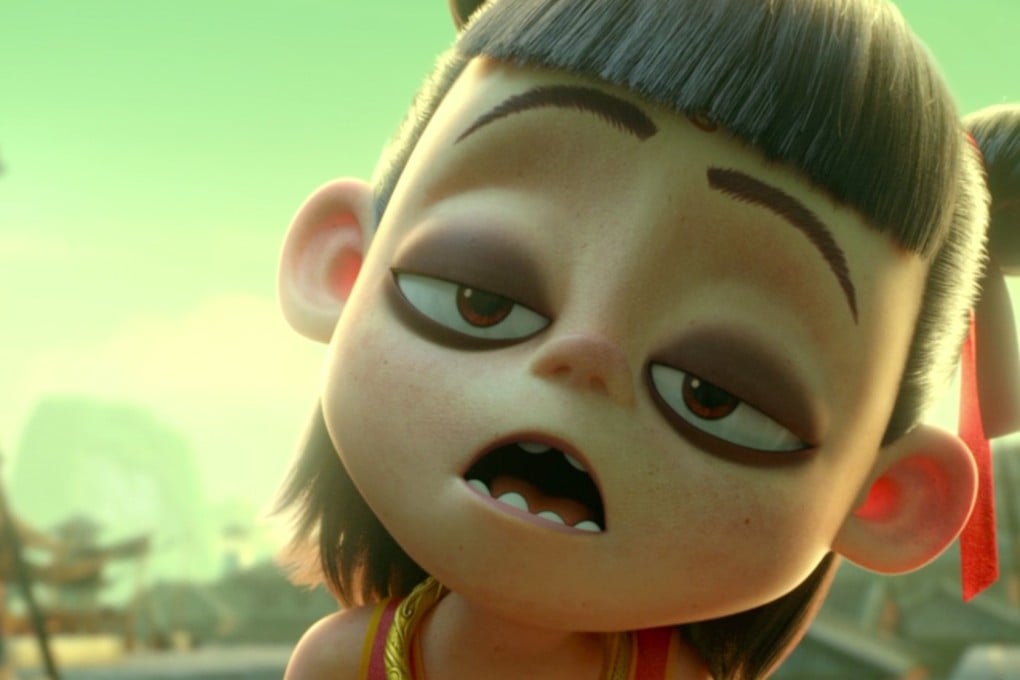Monkey King, move over: Nezha, teen hero of Chinese mythology, gets a Gen Z spin in return to the big screen
- Tale of a legendary anti-authority figure officially opens in cinemas across China on Friday, and his fight now is against prejudice and social exclusion
- The first Chinese 3D animated film in the IMAX format, it took three years and 20 special effects studios to complete

Chinese animators have been drawing inspiration from Chinese mythology ever since the country’s first animated film, Princess Iron Fan in 1941, and in recent years its animated-film industry has released several hit films based on classic Chinese tales, such as Monkey King: Hero is Back in 2015, Big Fish & Begonia in 2016, and White Snake in 2019.
Nezha, a legendary anti-authority figure as well-known in China as the Monkey King, is the subject of the latest feature, which officially opens in cinemas in China on Friday.
Nezha has earned rave reviews and is rated higher than Monkey King: Hero is Back. It is also China’s first 3D animated feature film released in IMAX format.
Since July 13, previews of the film have taken more than 140 million yuan (US$20 million) at the box office and the film has a score of 8.8 points (out of 10) on China’s largest filming rating site, Douban.
It took Jokalate Yang Yu, the film’s director and screenwriter, two years to refine the script of Nezha, and the film was in production for three years. It is the most complex animated production ever made in China.